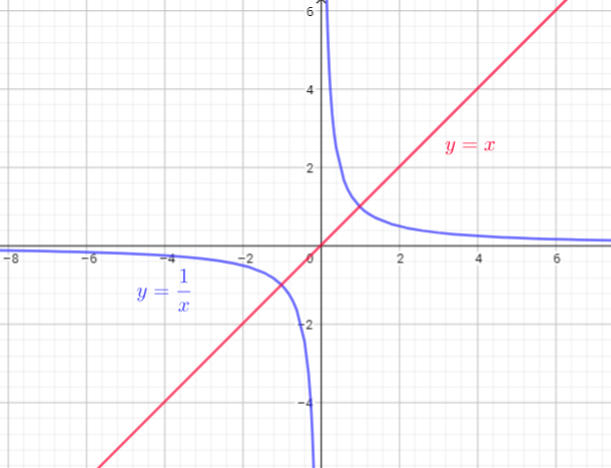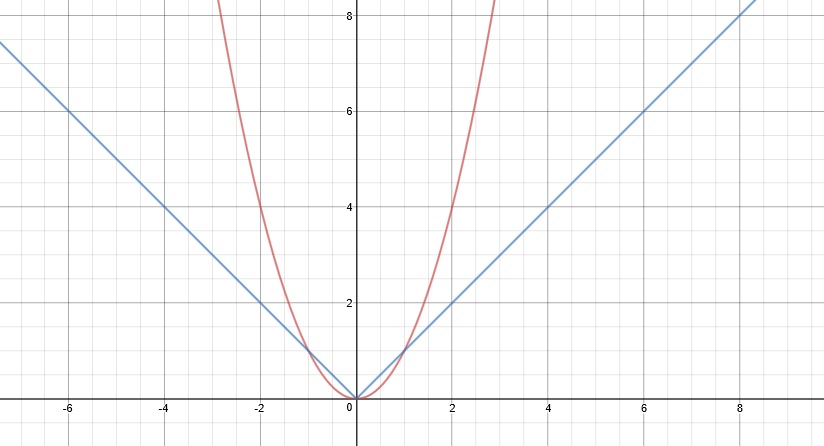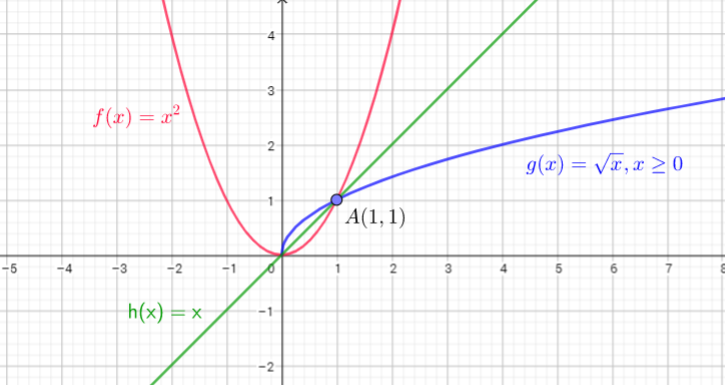
Nelson Functions 11
1st Edition
Chris Kirkpatrick, Marian Small
ISBN: 9780176332037
Textbook solutions
Chapter 1: Introduction to Functions
Page 2: Getting Started
Section 1-1: Relations and Functions
Section 1-2: Function Notation
Section 1-3: Exploring Properties of Parent Functions
Section 1-4: Determining the Domain and Range of a Function
Section 1-5: The Inverse Function and Its Properties
Section 1-6: Exploring Transformations of Parent Functions
Section 1-7: Investigating Horizontal Stretches, Compressions, and Reflections
Section 1-8: Using Transformations to Graph Functions of the Form y 5 af [k(x 2 d)] 1 c
Page 78: Chapter Self-Test
Page 35: Check Your Understanding
Page 40: Practice Questions
Page 70: Check Your Understanding
Page 76: Practice Questions
Chapter 2: Equivalent Algebraic Expressions
Page 82: Getting Started
Section 2-1: Adding and Subtracting Polynomials
Section 2-2: Multiplying Polynomials
Section 2-3: Factoring Polynomials
Section 2-4: Simplifying Rational Functions
Section 2-5: Exploring Graphs of Rational Functions
Section 2-6: Multiplying and Dividing Rational Expressions
Section 2-7: Adding and Subtracting Rational Expressions
Page 134: Chapter Self-Test
Page 102: Check Your Understanding
Page 107: Practice Questions
Page 128: Check Your Understanding
Page 132: Practice Questions
Chapter 3: Quadratic Functions
Page 138: Getting Started
Section 3-1: Properties of Quadratic Functions
Section 3-2: Determining Maximum and Minimum Values of a Quadratic Function
Section 3-3: The Inverse of a Quadratic Function
Section 3-4: Operations with Radicals
Section 3-5: Quadratic Function Models: Solving Quadratic Equations
Section 3-6: The Zeros of a Quadratic Function
Section 3-7: Families of Quadratic Functions
Section 3-8: Linear-Quadratic Systems
Page 204: Chapter Self-Test
Page 206: Cumulative Review
Page 167: Check Your Understanding
Page 170: Practice Questions
Page 198: Check Your Understanding
Page 202: Practice Questions
Chapter 4: Exponential Functions
Page 212: Getting Started
Section 4-1: Exploring Growth and Decay
Section 4-2: Working with Integer Exponents
Section 4-3: Working with Rational Exponents
Section 4-4: Simplifying Algebraic Expressions Involving Exponents
Section 4-5: Exploring the Properties of Exponential Functions
Section 4-6: Transformations of Exponential Functions
Section 4-7: Applications Involving Exponential Functions
Page 270: Chapter Self-Test
Page 235: Check Your Understanding
Page 239: Practice Questions
Page 261: Check Your Understanding
Page 267: Practice Questions
Chapter 5: Trigonometric Ratios
Page 274: Getting Started
Section 5-1: Trigonometric Ratios of Acute Angles
Section 5-2: Evaluating Trigonometric Ratios for Special Angles
Section 5-3: Exploring Trigonometric Ratios for Angles Greater than 90°
Section 5-4: Evaluating Trigonometric Ratios for Any Angle Between 0° and 360°
Section 5-5: Trigonometric Identities
Section 5-6: The Sine Law
Section 5-7: The Cosine Law
Section 5-8: Solving Three-Dimensional Problems by Using Trigonometry
Page 340: Chapter Self-Test
Page 299: Check Your Understanding
Page 304: Practice Questions
Page 332: Check Your Understanding
Page 338: Practice Questions
Chapter 6: Sinusoidal Functions
Page 344: Getting Started
Section 6-1: Periodic Functions and Their Properties
Section 6-2: Investigating the Properties of Sinusoidal Functions
Section 6-3: Interpreting Sinusoidal Functions
Section 6-4: Exploring Transformations of Sinusoidal Functions
Section 6-5: Using Transformations to Sketch the Graphs of Sinusoidal Functions
Section 6-6: Investigating Models of Sinusoidal Functions
Section 6-7: Solving Problems Using Sinusoidal Models
Page 406: Chapter Self-Test
Page 408: Cumulative Review
Page 370: Check Your Understanding
Page 376: Practice Questions
Page 398: Check Your Understanding
Page 404: Practice Questions
Chapter 7: Discrete Functions: Sequences and Series
Page 414: Getting Started
Section 7-1: Arithmetic Sequences
Section 7-2: Geometric Sequences
Section 7-3: Creating Rules to Define Sequences
Section 7-4: Exploring Recursive Sequences
Section 7-5: Arithmetic Series
Section 7-6: Geometric Series
Section 7-7: Pascal’s Triangle and Binomial Expansions
Page 470: Chapter Self-Test
Page 443: Further Your Understanding
Page 447: Practice Questions
Page 466: Check Your Understanding
Page 468: Practice Questions
Chapter 8: Discrete functions: Financial Applications
Page 474: Getting Started
Section 8-1: Simple Interest
Section 8-2: Compound Interest: Future Value
Section 8-3: Compound Interest: Present Value
Section 8-4: Annuities: Future Value
Section 8-5: Annuities: Present Value
Section 8-6: Using Technology to Investigate Financial Problems
Page 536: Chapter Self-Test
Page 538: Cumulative Review
Page 498: Check Your Understanding
Page 503: Practice Questions
Page 530: Check Your Understanding
Page 534: Practice Questions
All Solutions
Section 1-3: Exploring Properties of Parent Functions
Exercise 1
Step 1
1 of 2

Both functions lie in the first and third quadrants. Function $f(x)=x$ is defined for each $x$, and function $g(x)=dfrac{1}{x}$ is defined for $xne0$. Function $f(x)=x$ is rising and continuous. Function $g(x)$ is rising and decreasing, and has a break in $x=0$
Function $g(x)=dfrac{1}{x}$ has vertical asymptote $x=0$ and horizontal asymptote $g(x)=0$
Result
2 of 2
Similarities: Both lie in quadrant 1 and 3
Differences: $f(x)$ is a straight line passing through the origin while $g(x)$ is a hyperbola and does not touch the $x$ and $y$ axes.
vertical asymptote: $x=0$
horizontal asymptote : $g(x)=0$
Exercise 2
Step 1
1 of 2

The red graph is $f(x)$ while blue is $g(x)$. They are both similar in that the equations will always result in a positive x-value. However, they are different in the fact that $g(x)$ is linear while $f(x)$ is nonlinear.
Result
2 of 2
Similarities: Both lie in quadrant 1 and 2.
Differences: $f(x)$ is curved while $g(x)$ consists of straight lines.
Exercise 3
Step 1
1 of 2

From the graphs we can see: graph of $g(x)=sqrt{x}, xgeq0$ is reflection of graph of $f(x)=x^{2}$ in graph of $h(x)=x$
All three functions pass through a one point $A(1,1)$
Result
2 of 2
$g(x)$ is a reflection of $f(x)$ along the line $h(x)$
Haven't found what you were looking for?
Search for samples, answers to your questions and flashcards

unlock
